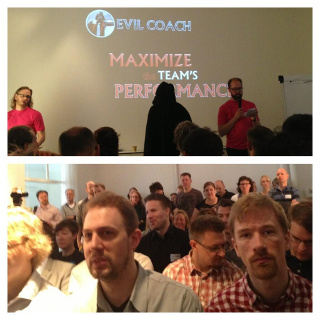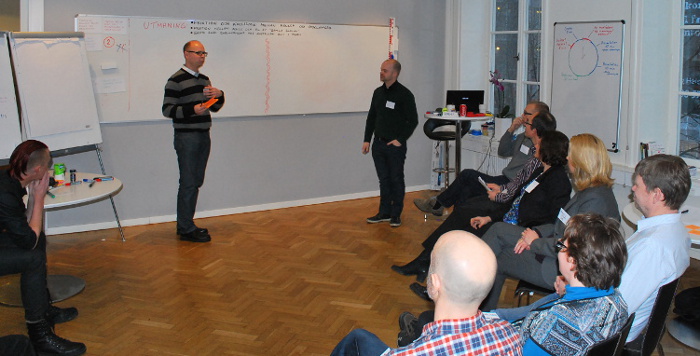MongoDB är en schemalös, dokumentorienterad databas som har fått stor popularitet i den agila världen bland annat därför att man inte behöver underhålla något databasschema.
MongoDBs schemalöshet gör att många leds att tro att Continuous Delivery blir en promenad i parken, eftersom det ju inte behövs några datamigreringar när man driftsätter en ny version av koden!
Rent teoretiskt är detta sant, men är ett sluttande plan in i Land of Crappy Code™ !
För att slippa onödig komplexitet i form av varierande utseende på lagrade domänobjekt beroende på deras ålder, rekommenderar jag att man utför regelrätta datamigreringar även när man använder MongoDB!
Jag rekommenderar även att datamigreringen är en del av applikationen — till skillnad från skript som skall köras vid sidan av innan applikationsstart — helt enkelt för att eliminera risken för misstag.
Jag har i mitt sidoprojekt Varmfront.nu utvecklat en kompakt liten lösning som i MongoDB implementerar det som Flyway gör för SQL.
Mönstret bygger på Spring Data for MongoDB och Spring JavaConfig, och migreringarna är skrivna i Java. That’s right folks, no XML here 😀
Läs vidare, så får du se hur man kan göra!





























